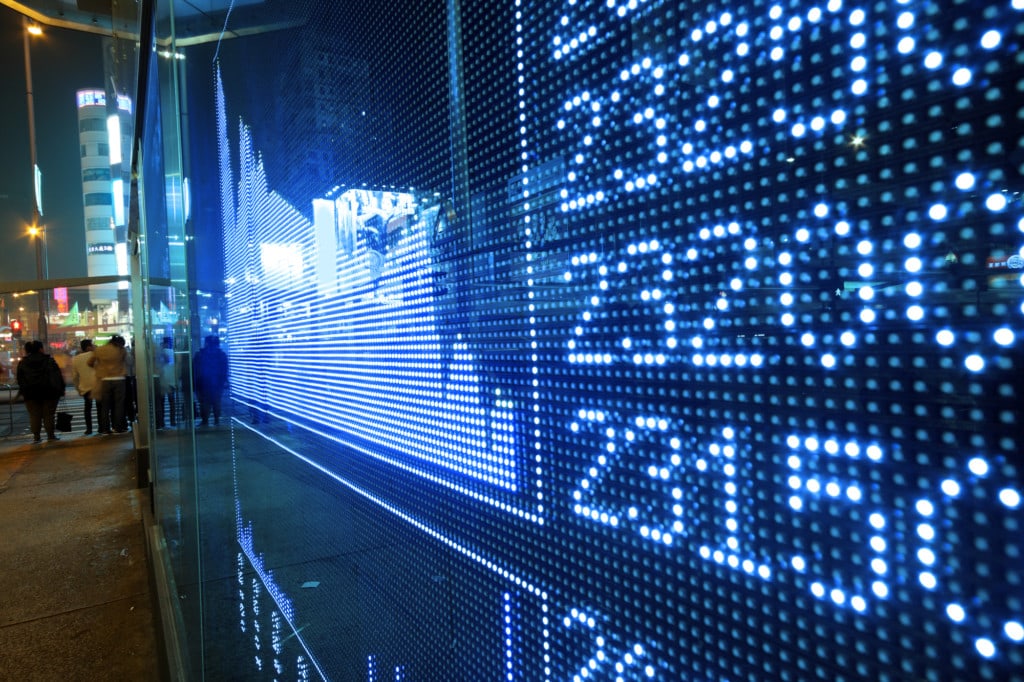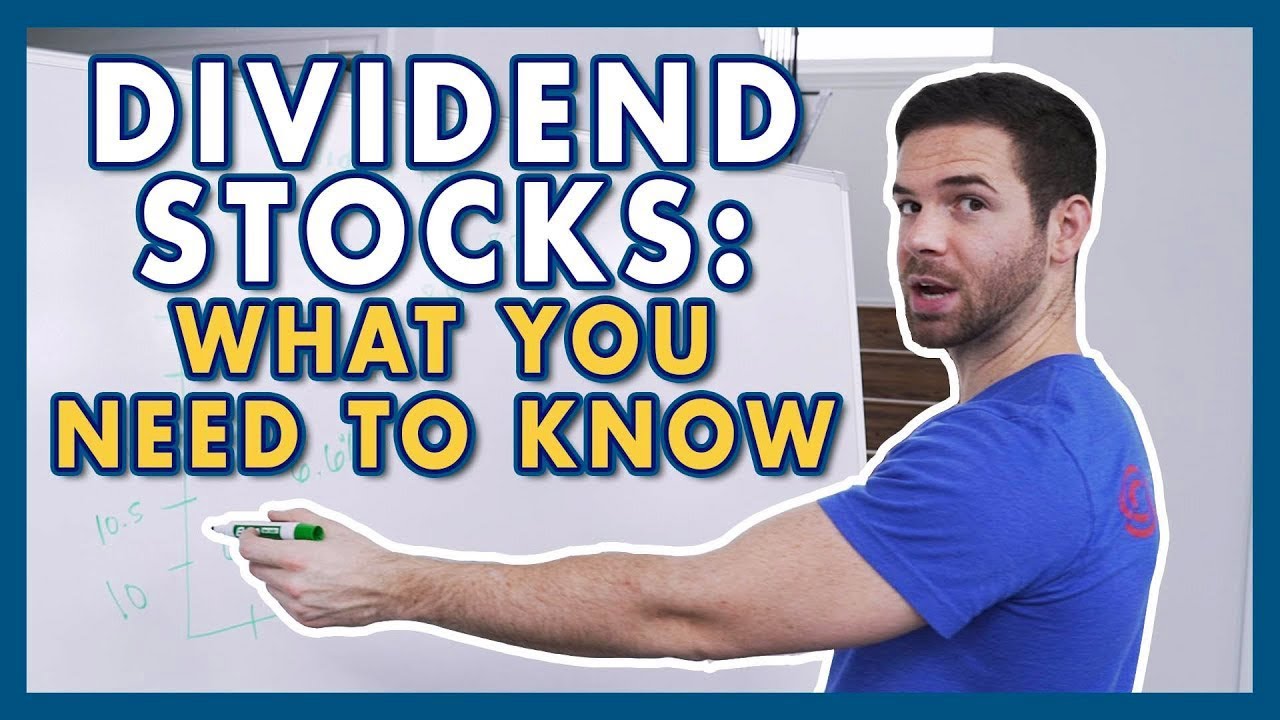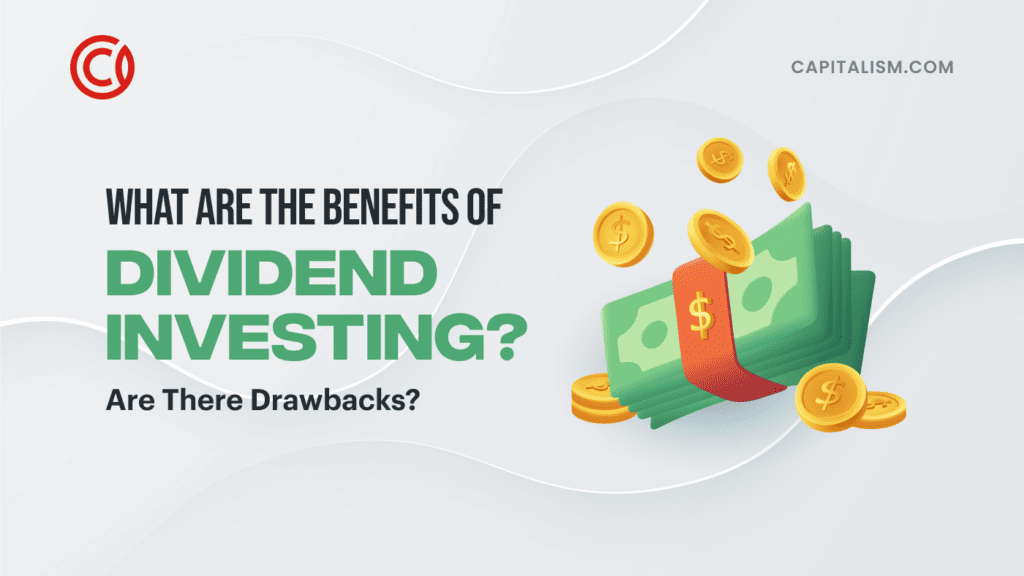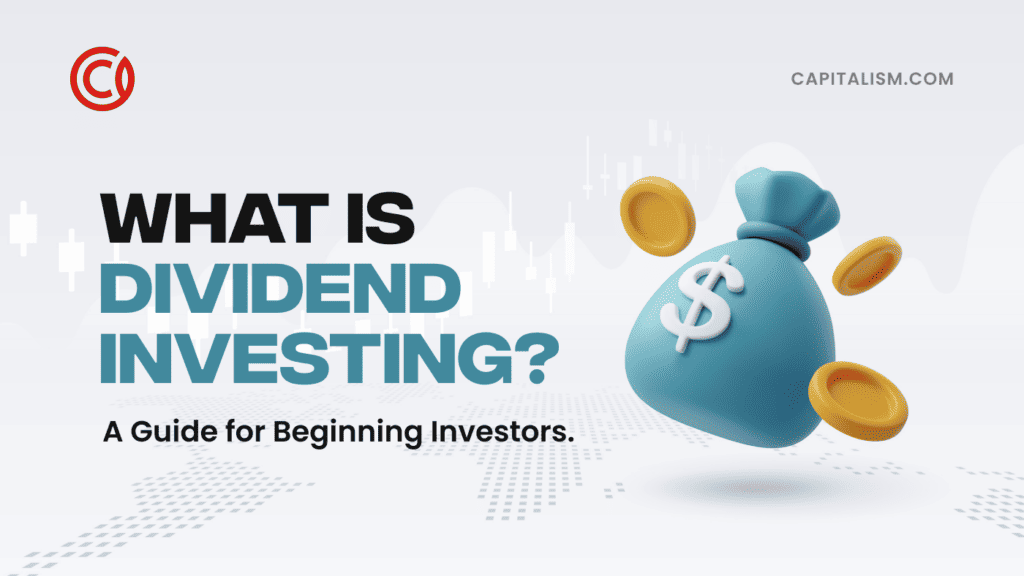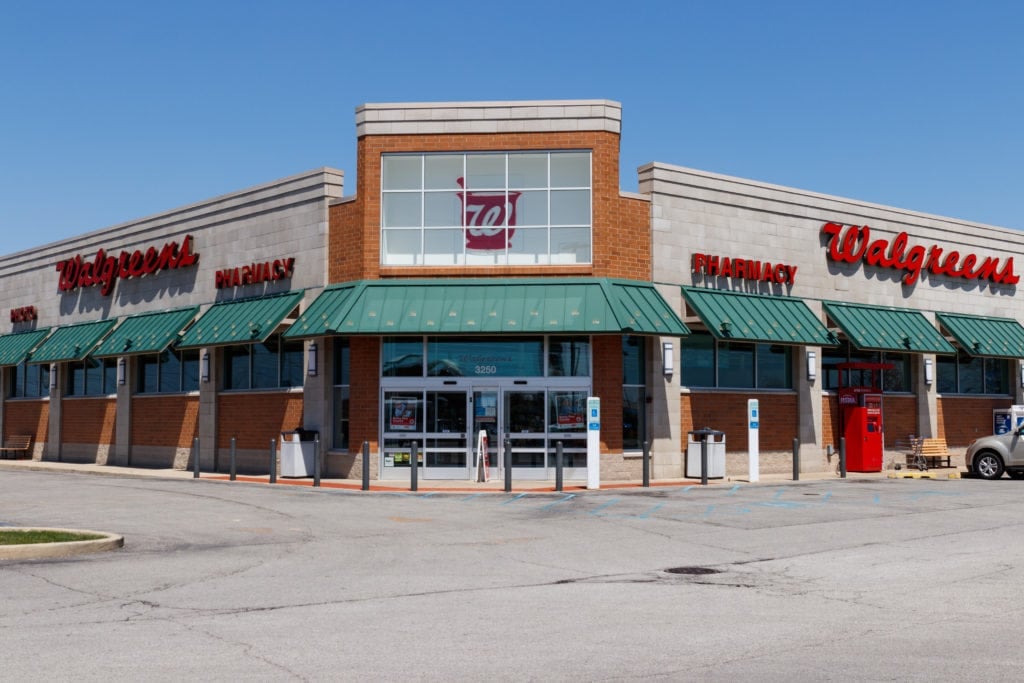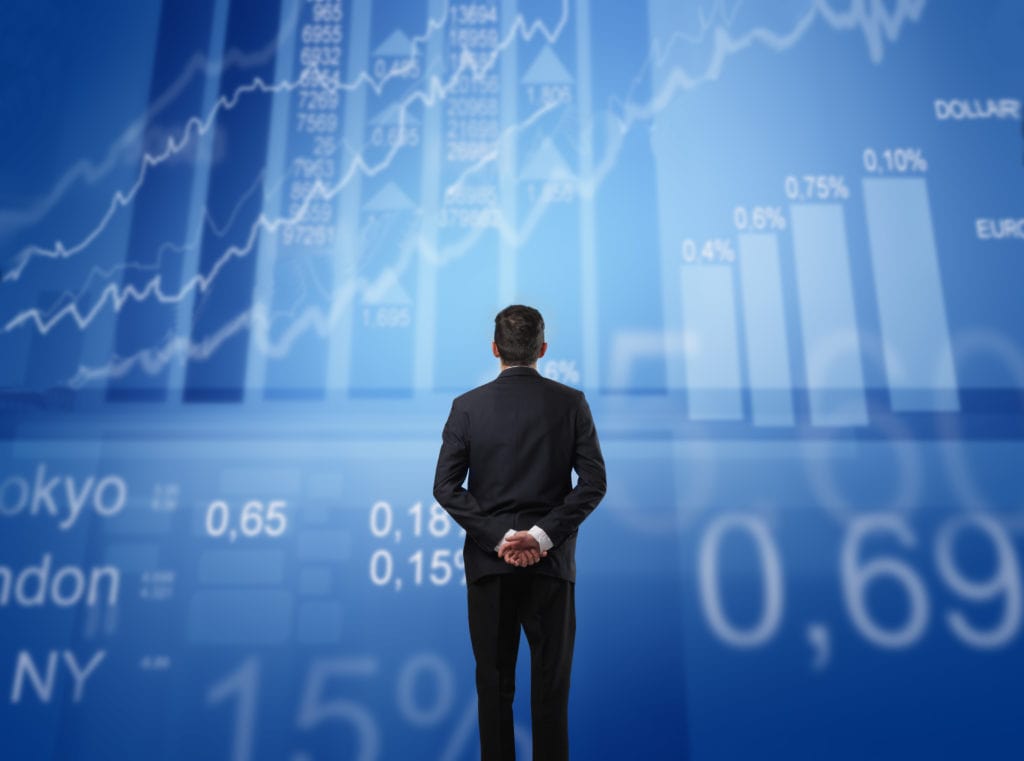Wall Street has a crude saying that warns investors against trying to catch falling knives. In this upcoming crisis, capital gains will turn to capital losses. So the only thing that will offset those equity losses is dividend returns.
The trick is this: Buy the best companies that will survive the crisis, maintain their dividends, and roar back for big gains… once the financial hurricane subsides.
Before we go, please understand we write this piece for informational purposes. We are not your financial advisors - far too much regulation for us, thanks. So please talk to your accountant, lawyer, financial advisor, partner, or even a wise old owl. Talk to anyone who has an intimate understanding of your unique financial situation before you do anything we say in this article!
And if you read carefully, you’ll see we’re giving you a watchlist, not a buy list! Thanks.
What is a dividend example?
There are two main types of dividends. One is a stock dividend and one is a cash dividend. They’re paid to shareholders, though State Farm just paid one to its customers!
A stock dividend is when you receive payment for part of a stock for every share of stock you already own. The advantage of this is that it's not an actual taxable gain like cash dividends are.
Stock dividends are not usually taxed and give shareholders the choice to keep or sell the shares. Stock payouts are also optimal for companies that lack sufficient liquid cash.

We're going to concentrate on cash dividends in this article because this is the income portion of your total return. The total return is your capital gains/losses plus your dividend, all divided by the stock price.
Dividend investing will become increasingly important over the coming crisis because capital gains will be tough to come by. The ability to rely on dividends as an income return, what we call the dividend yield, will be a safety net for most investors.
Are Dividends good investments?
In and of themselves, dividends are not investments. Dividends are the fruit of the harvest that you have sown earlier by buying dividend-paying stocks. Dividends are income, whereas the other type of return you'd earn on your equity is a capital gain (or capital loss, if it’s negative).
Are dividends worth it?
Yes. The main reason people tell you to invest in dividend-paying stocks is at least one of the following.
That is all well and good, but let’s say you are a younger entrepreneur who wants to build a solid foundation. There's no better way to do this than with dividend investing.
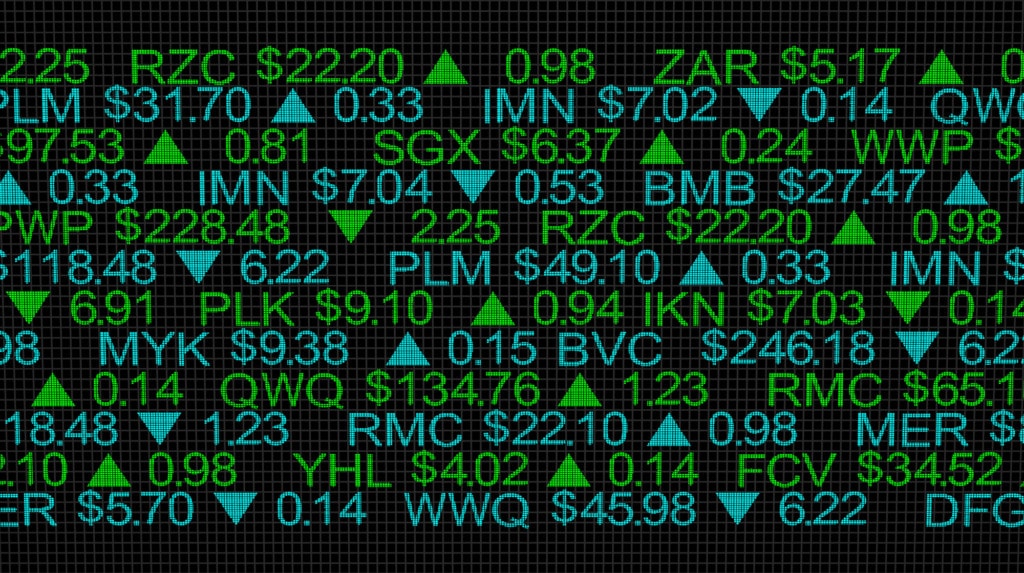
Unfortunately, most advisors tell young investors that they can take bigger risks with non-dividend paying stocks. They feel comfortable doing that because you're young, and if you lose a bit of your money, you have the time to make up those returns.
Sooner is even better.
A far better and simpler way to invest is to start dividend investing while you’re young, such as how Warren Buffett did. That's one of the reasons why Warren Buffett’s net worth is roughly $70 billion today. He took advantage of what Albert Einstein is often falsely attributed to calling the eighth wonder of the world: compounded interest.
Buffett, from a young age, would buy dividend-paying stocks. And when those dividends paid out, he was able to reinvest those dividends to buy more stock.
The easy way to think about it is this way. Let’s suppose you've invested in a tech stock, and it had a lousy year. Say it only had a 4% capital gain, then that's it. That's all the return you're going to get.
But let's say you invest in a “boring” company, like Coca-Cola. If it has a 4% capital appreciation just like a tech stock, but it also has a 3% dividend yield, you earn a total return of 7%.
Now, that doesn't show up in the stock charts. That’s why so many people, especially momentum funds, pile into tech shares. But you can be smarter by buying dividend stocks for yourself to take advantage of that compounded return.
Why don’t all stocks pay dividends?
Tech companies like Microsoft in the 1990s and Apple in the 2000s plowed their cash back into their companies to invest in their own products. Microsoft had Windows and Office to install on virtually every PC on the planet. Apple came up with the iPod, then the iPhone, and then the iPad. They used their cash better than investors would have, had they distributed the cash back to them.

But when you have mature companies who don't grow that much, or that quickly, anymore, the story is different. To entice fund managers and other institutional investors to own the shares, a company's board must pay dividend income. This makes up for the smaller capital gain.
How do Dividends Work?
Luckily, you don’t need to know about dividends accounting. But you do need to know the order of dates for dividends.
Here they are:
Your company’s board of directors will meet. At that meeting, they will make the dividend calculation and declare that dividend. That's called the declaration date.
A short time later, the stock will go ex. In Latin, “Ex” means “without.” You need to have bought the share by the time the stock goes ex to receive the dividend.
Theoretically speaking, on the ex-date, the stock will drop by the amount of dividend slated for payout. Of course, it may move by more. But the dividend is essentially taken out of the stock price. Because the person who buys it on the ex-date or after will not receive that dividend.
Usually, two days after the ex-date is what we call the record date. That’s the date when the company registrar, the person who keeps track of who owns the shares, will record the shareholders’ names. Those shareholders on the company register will receive the dividend.
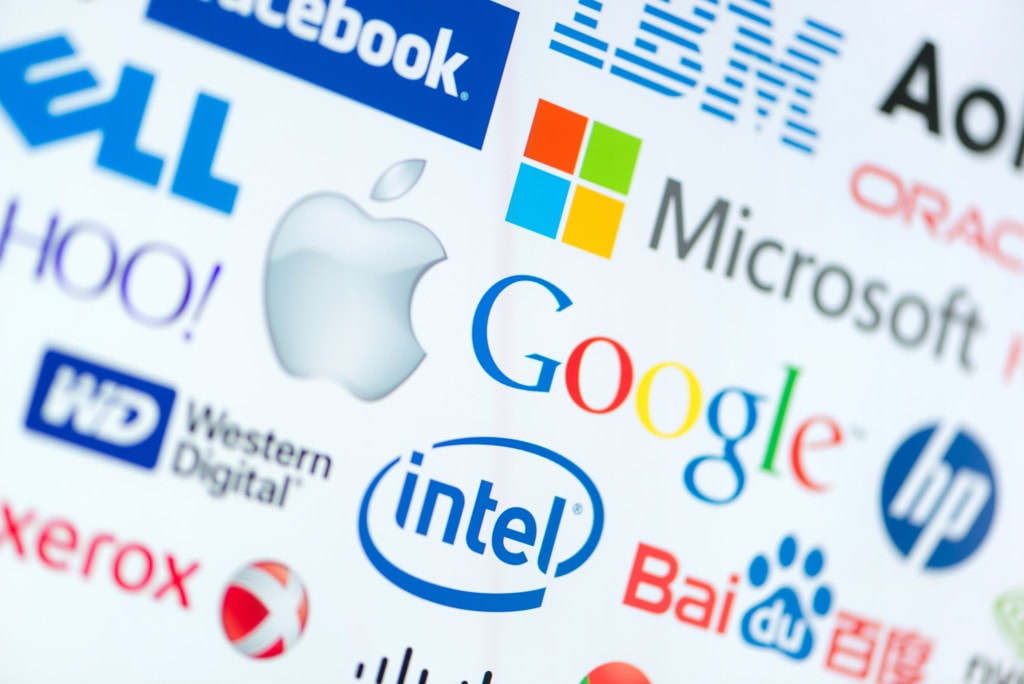
An example:
If the ex-date is Wednesday, you need to own the stock by the market close on Tuesday.
Why? T+3 settlement is the norm in equity. That means trade date plus 3 days. If you buy it on Tuesday, then you've got Wednesday, Thursday, and then Friday. On Friday, the cash you pay for the stock exchanges for the stock itself, and you’ll be the holder of record.
Now the company registrar, the person who keeps track of who owns the shares, will know they must pay you that dividend.
Then, a short time after that will be the payment date. That is the date you get paid your dividend.
What are dividend stocks?
Dividend stocks are stocks that pay regular dividends... and hopefully, increase those dividends over time - the more substantial the increase, the better.
There are three different categories of dividend stocks.
- Dividend Kings. These companies have consecutively increased their dividend payments for at least 50 years... so at least a half a century.
- Dividend Aristocrats. This is a list of about 50 stocks that have consecutively increased their dividend payments for at least a quarter of a century.
- Dividend Achievers. These are 274 stocks that have consecutively increased their dividend payments for at least a decade.
What are the best dividend stocks to buy?
The best dividend stocks to buy are those that regularly increase their dividends, such as the three types of shares we just mentioned.
When we're filtering through stocks, we're going to be looking for stocks that are regularly increasing their dividend. But we don't want stocks that are only increasing by a penny every year because they're only doing that to remain dividend stocks. We want dividend growth to be between 6% and 10%.
Now, why is looking at cutting dividends so important? Failing a regular increase, we want dividend stocks that at least do not cut their dividends. That's important because once a stock cuts its dividend, that is when we want to exit that stock from our portfolio. It’s our “sell” signal.

Best Case Study/Scenario: Warren Buffett’s Coca-Cola Trade
Now, let's talk about one of the greatest dividend investing trades in history. Warren Buffett bought Coca-Cola in the summer of 1988 right after the 1987 stock market crash.
The price of Coca-Cola at the time was about $10 per share on a split-adjusted basis. Over the 10 months from June 1988, Buffett acquired nearly a hundred million shares, according to The Warren Buffett Way.
Buffett's average cost per share was $10.96.
At the end of 1989, Coca-Cola represented 35% of Berkshire's common stock portfolio.
Buffett rounded his position out at 100m shares. Two stock splits later, Buffett now owns 400 million shares of Coca-Cola.
Now, the stock market value of Coca-Cola during the 1988 and 1989 purchase period averaged about $15.1 billion. But Buffett understood that the intrinsic value of KO was between 20 billion and 32.4 billion. It was a great bet for him to place.
At $45 per share, Berkshire's original $1.023 billion investment is worth $18 billion. That’s a huge capital gain, but BRK also has the added benefit of receiving dividends.
His annual dividend now is up to $656,000,000. The cost basis of the total 400m shares is $1.299 billion, according to his 2019 annual shareholders’ report. That brings his dividend yield to a whopping 50.50%!
To see dividend investing in action, head over to the dividend calculator at Marketbeat.com.
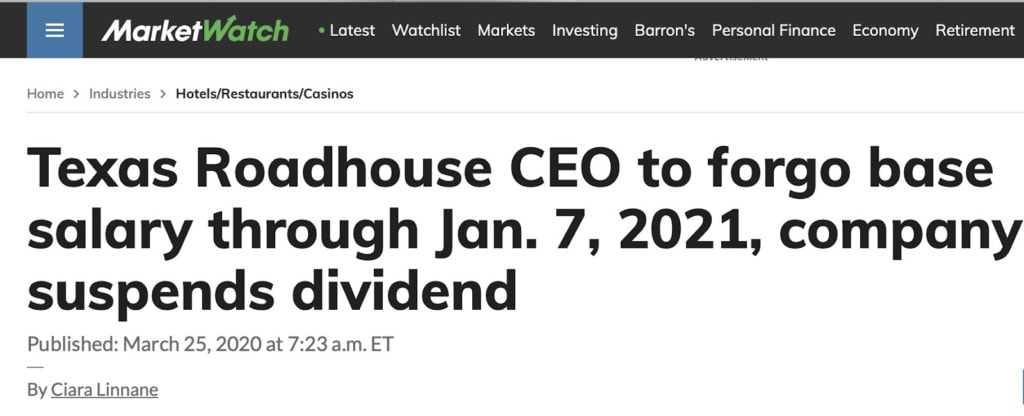
What are the top 10 dividend stocks?
First, we’re looking at companies that we think have a fair chance of avoiding bankruptcy because of the COVID-19 shutdown. Also, we’ll avoid airline stocks, banks, cruise lines, and oil and gas companies, as they’ve taken a beating and are too risky right now.
Second, we’re putting these stocks in no particular order, so we don’t bias your research. It’s critical you look at these with as objective an eye as you can.
Third, and most importantly: even if you completely agree with our picks, don’t go out and buy them right now. This is a watch list. There’s so much risk in the markets right now, we’re happy to wait to see how it all pans out. Many companies are suspending their dividends to conserve cash. You don’t want to get caught owning one of them.
With that said, here we go:
Verizon
4.33% yield. Verizon rebounded quite well from the COVID-19 selloff. The above 4% yield means it’s already in our buy sights. This may be a good defensive play, though VZ just canceled its revenue projections because of the virus.
AT&T
6.96% yield. VZ’s telecoms rival may also be a great defensive play, as it’s a very high yielding stock. It’s also a Dividend Aristocrat, having raised its dividend for 25 consecutive years, adding to the safe feeling of owning it. No matter what happens, the US government is probably not going to let AT&T go anywhere.
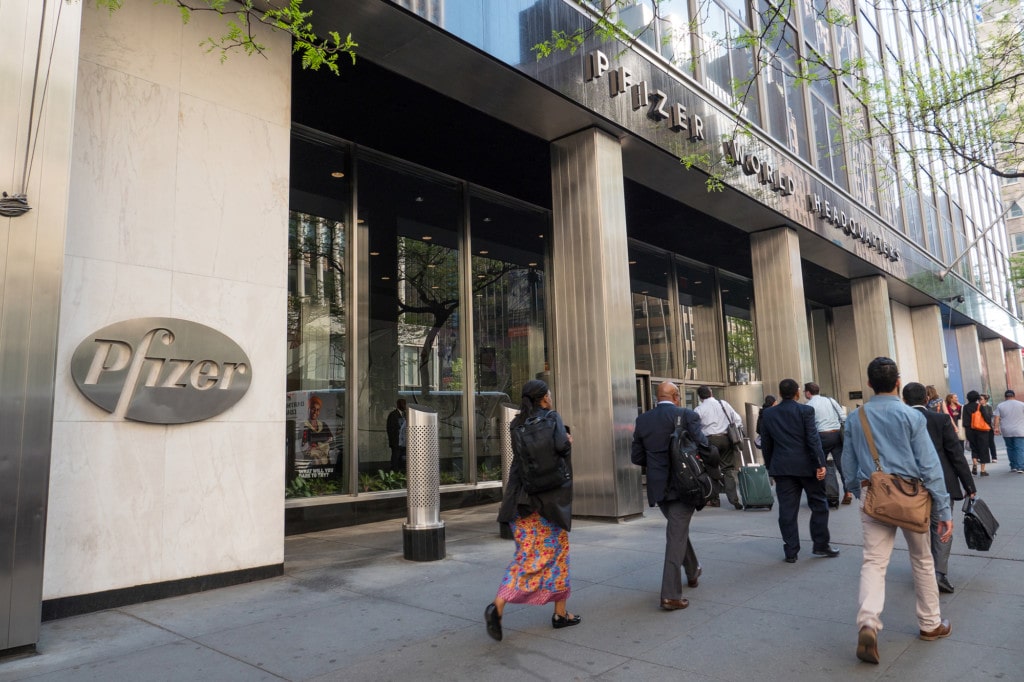
Pfizer
4.04% yield. It’s easy to like huge drug companies, considering the situation we’re in. It also has 10 years of dividend growth to its credit.
General Mills
3.29% yield. Not at our 4% buy signal yet, but GIS has a solid stable of brands and is in much better shape than rival KraftHeinz. The company is also reducing its sizable debt load, which should allow it to increase its dividend in the future.
3M
3.96% yield. Not only is it a nearly 4% yield, but history also shows it weathered the 2008 crisis very well. The stock bounced back hard since the intraday low of 114.04 on March 23rd. 61 consecutive years of growing dividends make it a Dividend King.
Proctor & Gamble
2.71% yield. The lowest yielding stock on our list, it had a massive rebound after the initial COVID-19 selloff. That’s just another reason to believe this stock is a safe bet. It is also well-diversified around the world and with its various consumer brands.
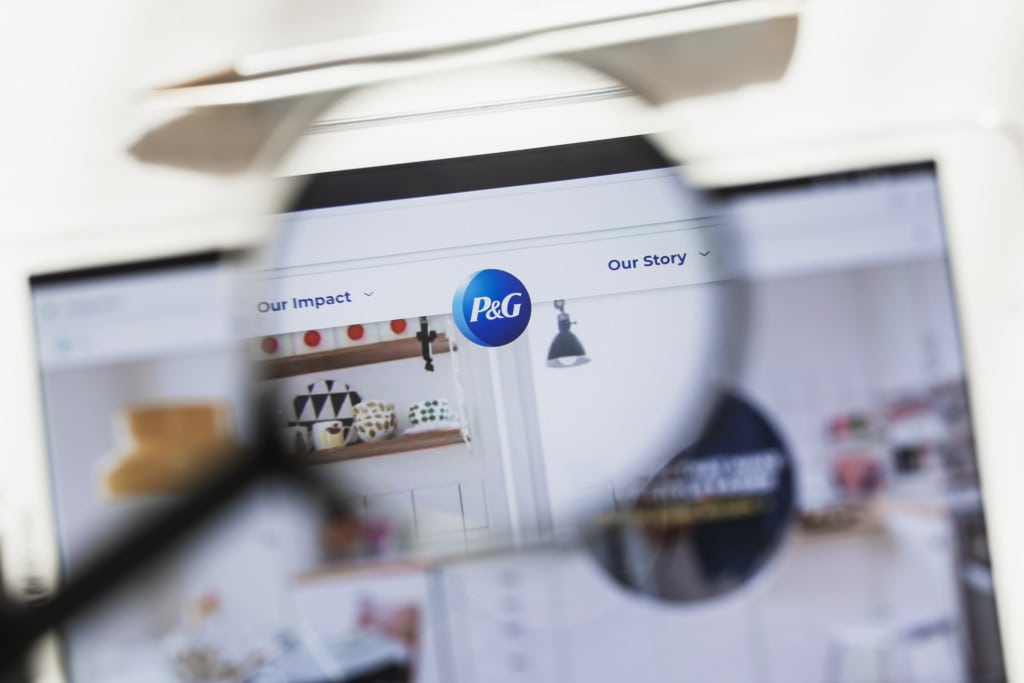
Walgreens Boots Alliance
4.39% yield. A scared populace will probably pack drug stores for some time to come. Already over our 4% buy signal, WBA has grown its dividend for 44 consecutive years. That makes it a Dividend Aristocrat.
Abbvie
5.70% yield. Another pharmaceutical company to like for its dividends, as it’s paid a growing dividend since its inception in 2012. That’s because it spun out from Abbott Laboratories, where the dividend tradition started for them.
Omnicom Group
4.65% yield. Companies will need more advertising, not less, thanks to this virus. OMC already pays a nice dividend, and has done so for 10 consecutive years.
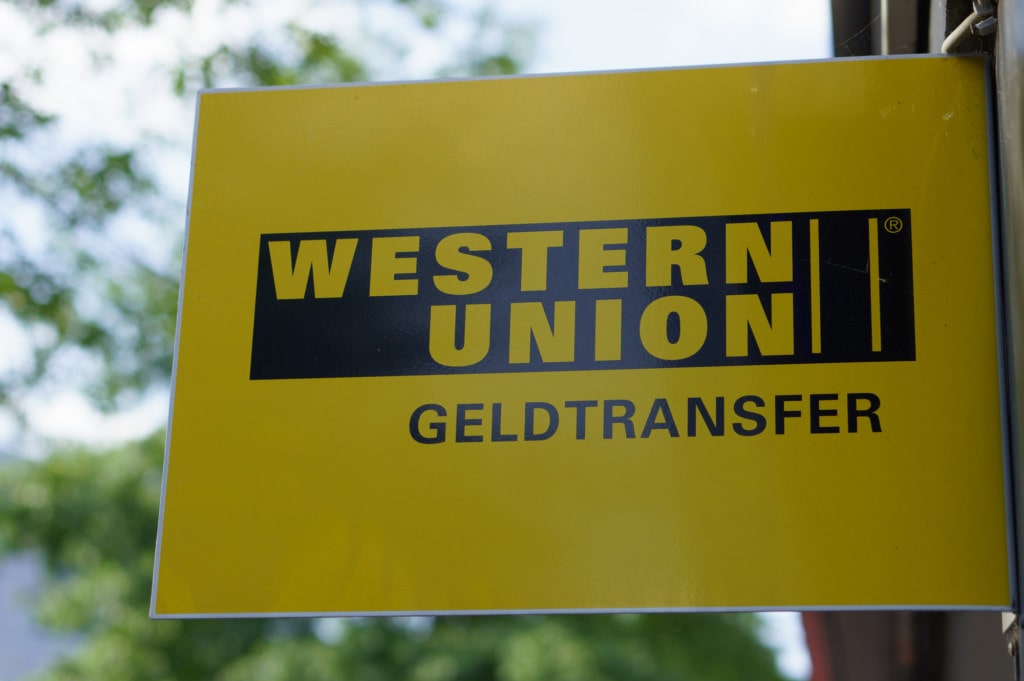
Western Union
4.86% yield. Remittances are as important as ever, especially during crisis times. Essential business services like these will continue to thrive. The stock is the cheapest on this list at under $20 at the time of writing.
What are the best dividend stocks for 2020?
Michael B. O'Higgins first published The Dogs of the Dow theory in 1991. Dogs of the Dow assumes blue-chip companies do not alter their dividends to reflect trading conditions. So the dividend is a measure of the average worth of the company.
In contrast, the stock price does fluctuate throughout the business cycle. This should show companies with a high dividend yield are near the bottom of their business cycle. So the stock price should increase faster than companies with low dividend yields.
The entire idea behind The Dogs of the Dow is to make stock picking easier and safer by picking companies in the Dow Jones Industrial Average. Specifically speaking, we want to select the 10 highest dividend-yielding stocks in the Dow Jones Industrial Average.
Here is the list for 2020, as of December 31, 2019:
| Rank | Company Name | Dividend Yield as of December 31, 2019 |
| 1 | Dow | 5.12% |
| 2 | ExxonMobil | 4.99% |
| 3 | IBM | 4.83% |
| 4 | Verizon | 4.01% |
| 5 | Chevron | 3.95% |
| 6 | Pfizer | 3.88% |
| 7 | 3M | 3.26% |
| 8 | Walgreens | 3.10% |
| 9 | Cisco Systems | 2.92% |
| 10 | Coca-Cola | 2.89% |
And the updated version, as of April 30, 2020:
| Rank | Ticker | Company Name | Dividend Yield | Last Close | Annualized Dividend |
| 1 | XOM | Exxon Mobil | 7.92% | $47.46 | $3.48 |
| 2 | DOW | Dow Chemical | 7.47% | $37.47 | $2.80 |
| 3 | CVX | Chevron Corp | 5.74% | $94.62 | $5.16 |
| 4 | IBM | IBM Corp | 5.16% | $128.69 | $6.52 |
| 5 | RTX | Raytheon Technologies | 4.52% | $86.01 | $2.94 |
| 6 | WBA | Walgreens Boots Alliance, Inc. | 4.12% | $45.36 | $1.83 |
| 7 | PFE | Pfizer | 3.97% | $38.12 | $1.52 |
| 8 | MMM | 3M | 3.83% | $156.26 | $5.88 |
| 9 | JPM | JP Morgan Chase | 3.78% | $97.86 | $3.60 |
| 10 | CAT | Caterpillar Inc. | 3.57% | $120.06 | $4.12 |
(It’s important to note that Boeing suspended its dividend on March 20, 2020. So did Delta, for that matter. And Warren Buffett recently sold his airline stocks. The sector is a mess and will require a bailout.)
Also, notice that some of the picks in our Top 10 are in the Dow.
Now, once you’ve got your 10 high yielding Dow stocks, allocate an equal dollar amount in each of them. You hold that portfolio until January 1st of the next year and then reassess what the new Dogs of the Dow will be in the following year (2021).
The DoD strategy aims to be low maintenance and long term. It'll mimic the performance of the Dow Jones Industrial Average but hopefully, have higher returns.
The long term results closely resemble the Dow. Since 2008, the Dogs of the Dow strategy has outperformed the strategy of buying and holding the entire Dow Jones Industrial index. But, this strategy hasn’t beaten the DJIA two of the past three years.
You can also adjust this strategy, using the Small Dogs or go a bit deeper by making them howl.
How to make dividend investing work for you.
Here are a few tips to help you with your research:
Then, make some easy purchases and then let the portfolio sit there and compound.
Whether you’re looking at our 10 picks, the Dogs of the Dow, the Small Dogs of the Dow, or the Dividend Aristocrats... These strategies are about picking high yielding stocks and holding them for as long as they warrant it.
Also, keep in mind that these strategies are for investing money you're not going to need for the next five years. This strategy will work very simply for you and almost feel like you don't have enough to do.
That’s just fine.
Most of the time, with investing, the best thing to do is nothing. (In fact, you can put your dividend investment strategy on autopilot with a DRIP.)
Dividend investing isn’t the only way to become financially free. But in our community of entrepreneurs, it’s one of our favorites. If learning how to build businesses and invest the profits sounds like something that’s right up your alley, we think you’ll love this free training we made for you. Check it out to get the exact roadmap for building a business you can grow bigger than yourself - and also find out what we think is the highest ROI business in the world.
